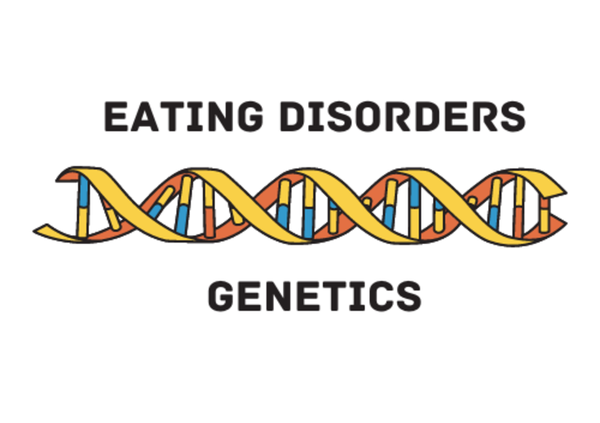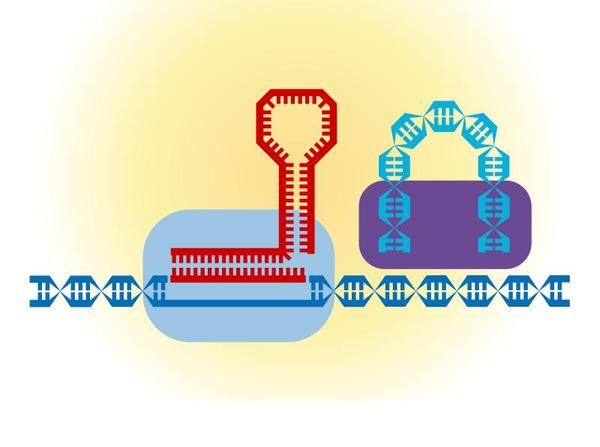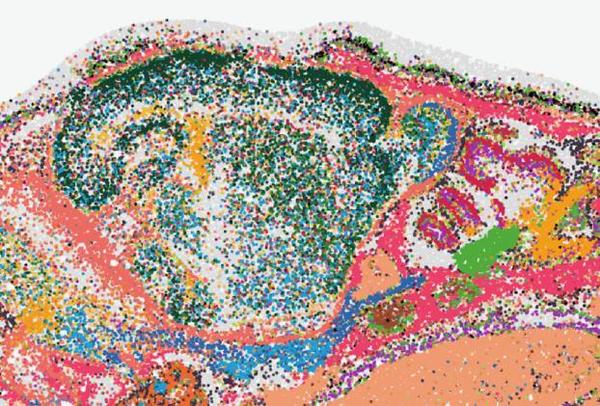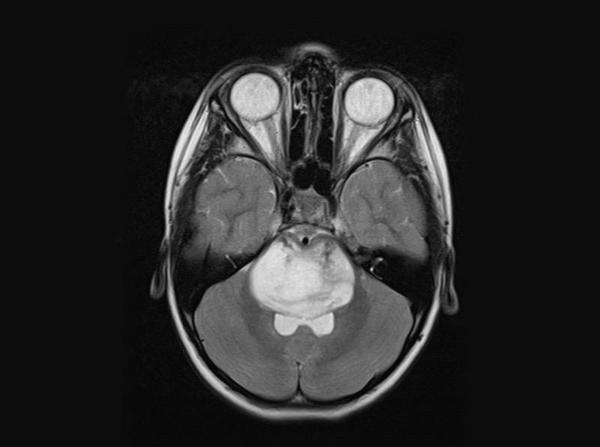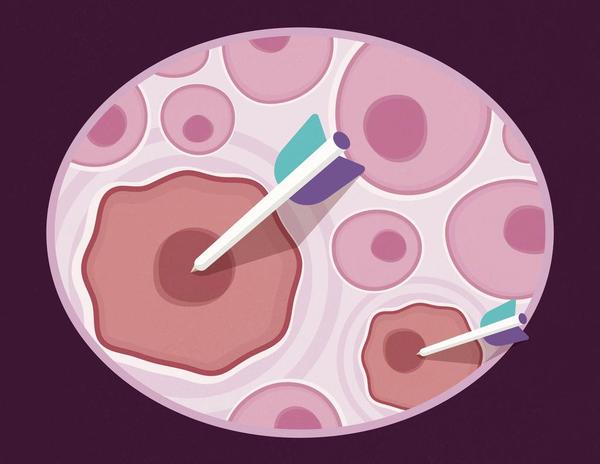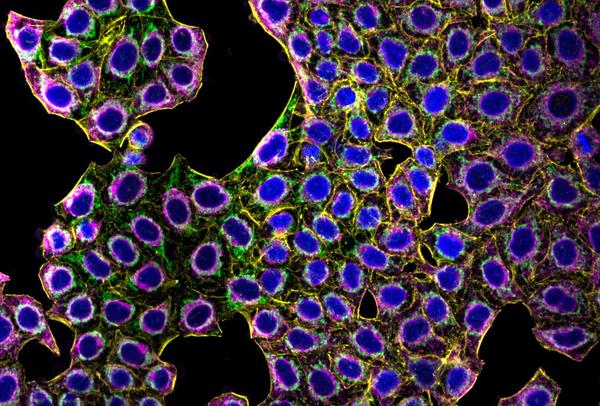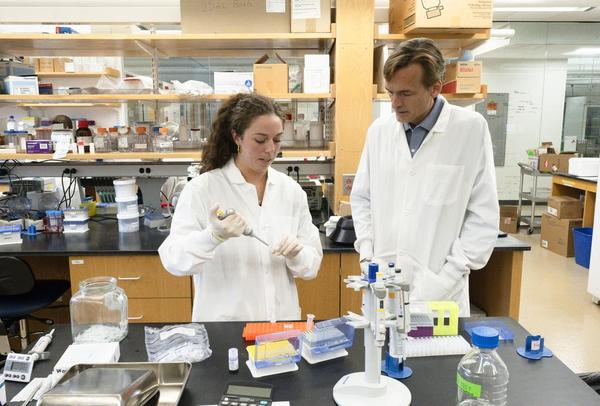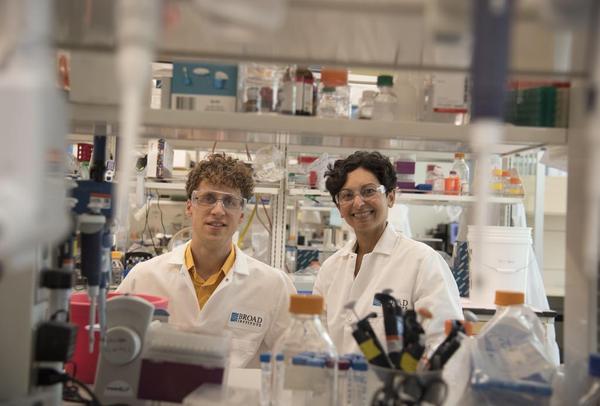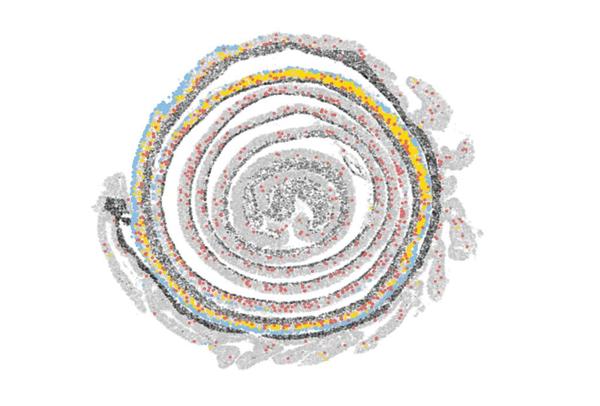
New technique expands cells to sequence DNA and capture fine structural details
Broad Institute researchers have developed a technology that provides new insight into how disruptions in the nucleus of the cell can impact health and disease.
The approach, called expansion in situ genome sequencing, allows scientists to sequence DNA and map its location relative to proteins within cell nuclei. The method uses a gel to expand cells while keeping them intact, enabling both sequencing and high-resolution imaging within the same cells. The research team applied their technique to...
The approach, called expansion in situ genome sequencing, allows scientists to sequence DNA and map its location relative to proteins within cell nuclei. The method uses a gel to expand cells while keeping them intact, enabling both sequencing and high-resolution imaging within the same cells. The research team applied their technique to...



